Railway human resources breakthrough
Deputy Prime Minister Le Thanh Long has just signed Decision No. 2230/QD-TTg (dated October 9, 2025), approving the Project on training and developing human resources for Vietnam's railway sector until 2035, with a vision to 2045. This is a strategic step to form a high-quality workforce, ready for the era of high-speed railways and autonomous railway industry, paving the way for the modernization of national transport infrastructure.
The project aims to build a synchronous workforce with deep expertise, professional skills and high technological capacity, capable of participating in high-speed railway projects, electrified national railways and urban railways. Accordingly, Vietnam will gradually receive and master technology, improve national competitiveness, and promote the development of a modern and sustainable railway industry.
According to the Project, in the first 5 years (2025-2030 period), the railway industry aims to train at least 35,000 human resources, focusing on serving key projects such as the North-South high-speed railway and the urban railway system.
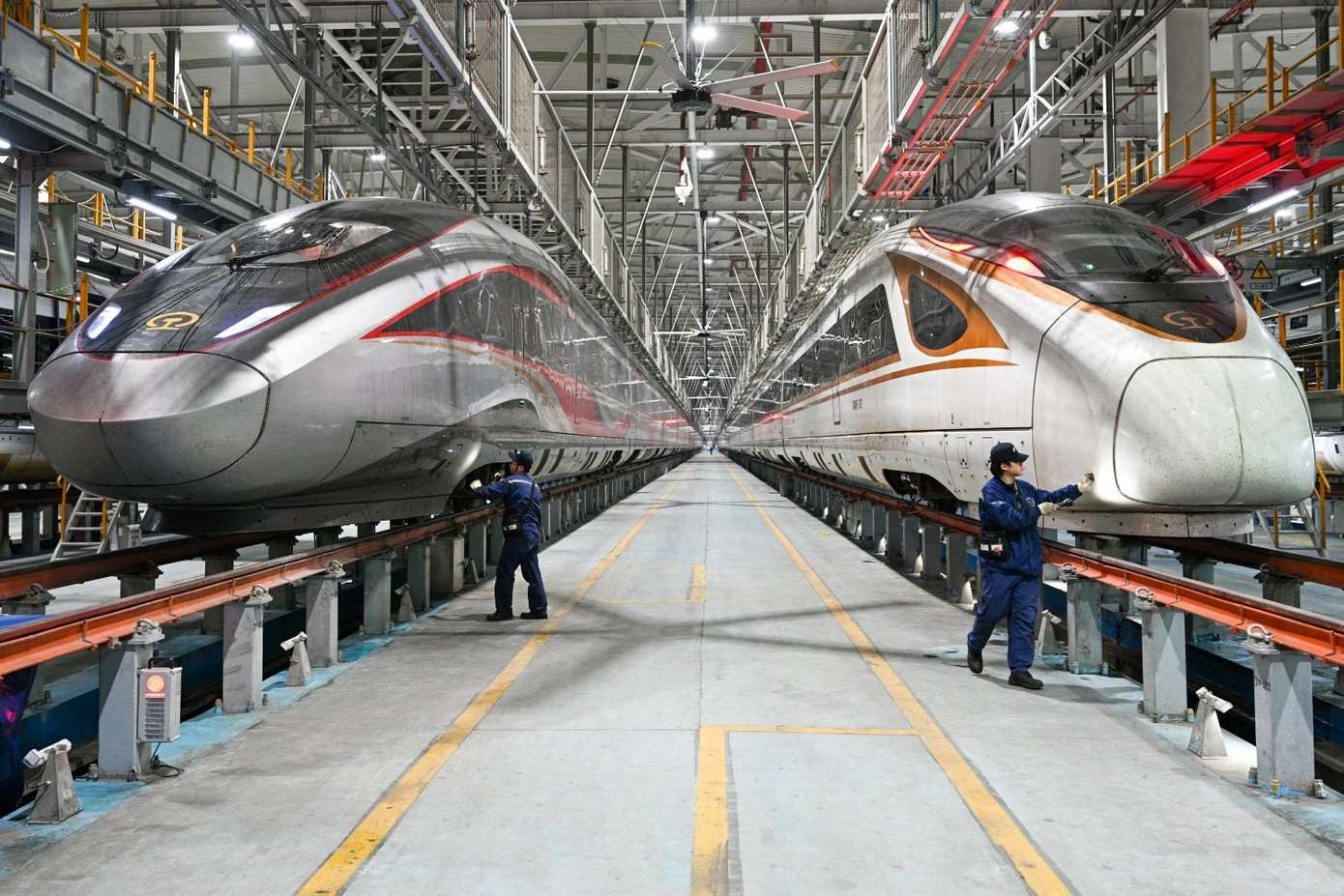
The training structure includes: Postgraduate about 1,000 people (including 80 PhDs, 920 Masters, including 210 lecturers); University about 14,000 people; College 11,000 people; Secondary 9,000 people.
By major, railway construction engineering accounts for 4,700 people, construction engineering 16,300 people, railway information and signaling 3,700 people, locomotives and wagons 1,700 people, and 6,000 people in railway transport exploitation. In addition, 5,000 people in urban railway operation, exploitation and maintenance, 1,500 people in the field of construction and transport economics , and 1,500 cadres and lecturers are also trained and fostered in depth.
Entering the 2031-2035 period, the training scale will double, aiming for 70,000 new workers, to meet the rapid development requirements of the national railway system. Of which, 2,000 people are needed for post-graduates; 18,000 for university; 30,000 for college; and 20,000 for intermediate level.
In particular, at least 40,000 people will be trained in operation, exploitation and maintenance for different railway lines. Specifically, 13,800 people are needed for high-speed lines, 5,000 people for national lines and 21,200 people for urban lines.
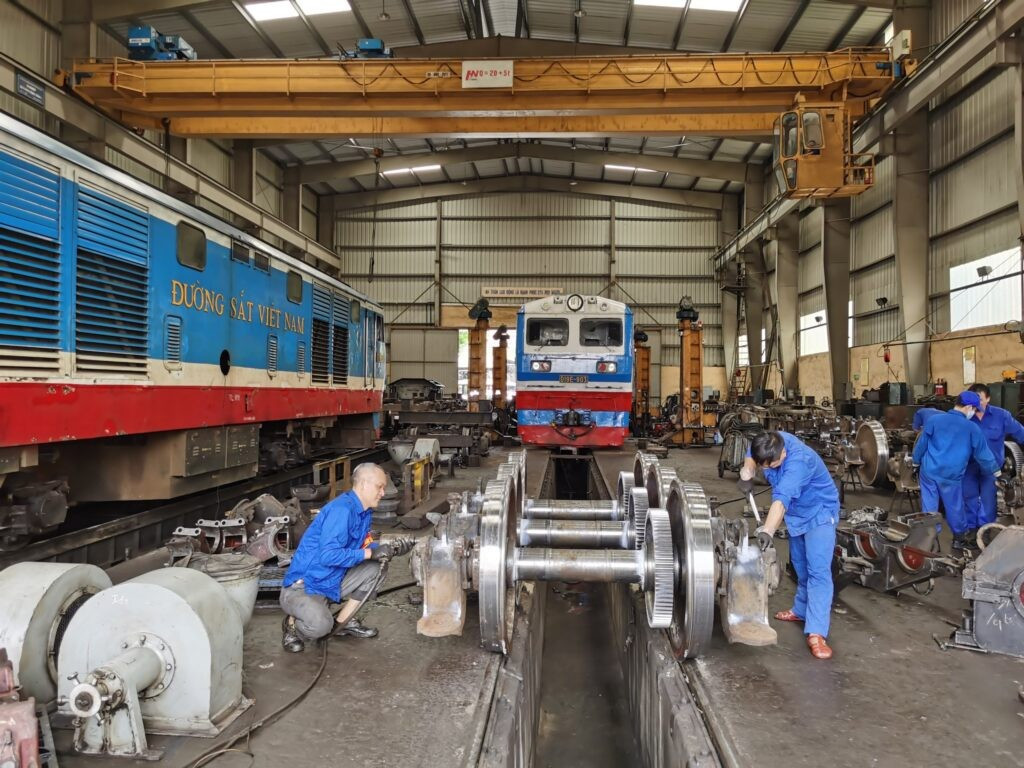
In total, by 2035 Vietnam will have more than 100,000 new trained and fostered human resources, creating the foundation for the comprehensive modernization of the railway industry.
Strengthen training and master technology
The project states that after 2035, Vietnam will continue to train additional high-quality human resources and build modern, regional-scale railway training and technology transfer centers. These centers will become focal points for research, innovation and technology transfer, helping Vietnam enter a period of complete autonomy in railway technology.
To achieve the goal, the Project proposes 6 groups of strategic solutions including: Perfecting institutions and policies for human resource development; Strengthening the capacity of specialized railway training and research facilities; Training according to international standards, focusing on practical skills and technology transfer; Developing human resources for research, mastering railway technology and industry; Promoting international cooperation in training, research, and technology transfer; Diversifying capital sources, encouraging public-private partnership in railway human resource development.
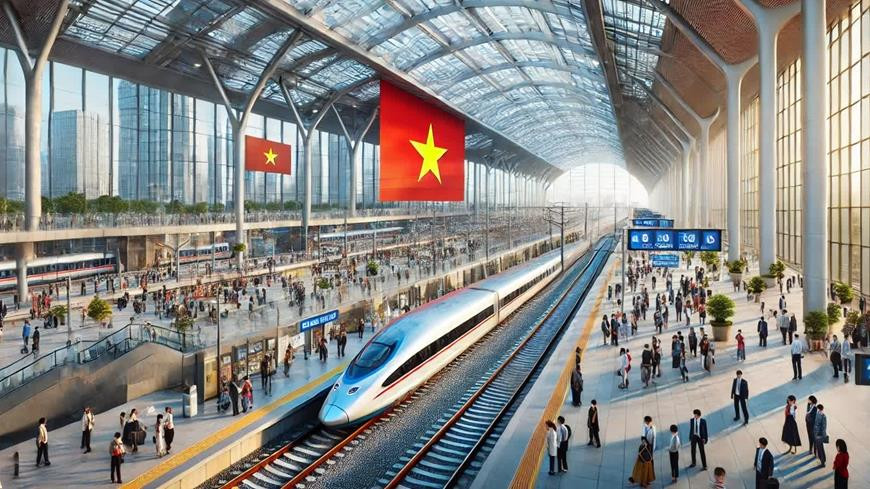
According to Associate Professor Dr. Nguyen Hong Thai - Vice President of Vietnam Railway Transport Association - the North - South high-speed railway project is a pillar of the country's industrialization and modernization strategy, with a total investment of more than 67 billion USD, a length of 1,540 km from Hanoi to Ho Chi Minh City, and a design speed of 350 km/h.
Mr. Thai said that the project is oriented to use mainly public investment capital, reduce foreign dependence, and at the same time open up opportunities for Vietnamese enterprises to participate in the construction market worth more than 33 billion USD. However, the biggest challenge is the capacity for multi-sectoral coordination - from planning, science and technology to human resource training.
“High-speed railways are not only a test of construction capacity, but also a test of Vietnam’s ability to master technology. If we take advantage of this opportunity, we can completely localize the railway industry, moving towards autonomy in design, construction and operation,” Mr. Thai emphasized.
With the Human Resources Development Project to 2035, with a vision to 2045, experts say that Vietnam is putting people at the center of the high-speed rail era. This is not only a training strategy, but also a commitment to technological, technical and knowledge autonomy - an important foundation for Vietnam to make a breakthrough in the future of modern transportation.
Source: https://tienphong.vn/can-bao-nhieu-nguoi-van-hanh-duong-sat-toc-do-cao-va-cac-metro-post1786656.tpo



![[Photo] General Secretary To Lam attends the 95th Anniversary of the Party Central Office's Traditional Day](https://vphoto.vietnam.vn/thumb/1200x675/vietnam/resource/IMAGE/2025/10/18/1760784671836_a1-bnd-4476-1940-jpg.webp)
![[Photo] Closing ceremony of the 18th Congress of Hanoi Party Committee](https://vphoto.vietnam.vn/thumb/1200x675/vietnam/resource/IMAGE/2025/10/17/1760704850107_ndo_br_1-jpg.webp)



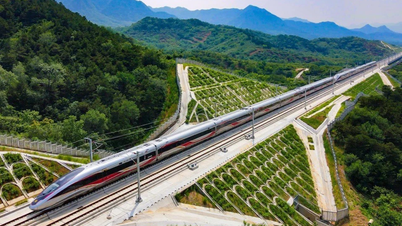



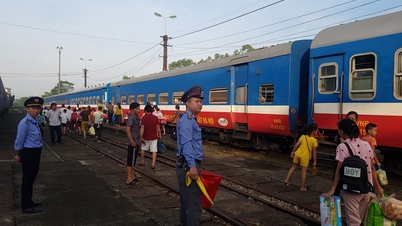

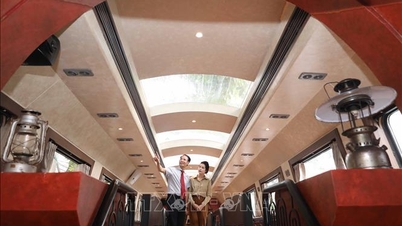
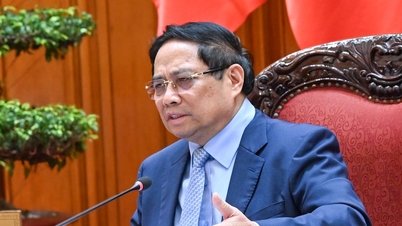

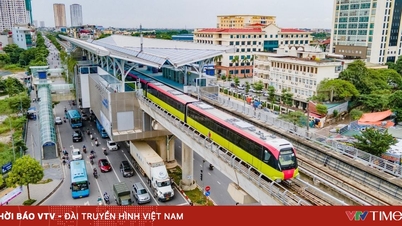







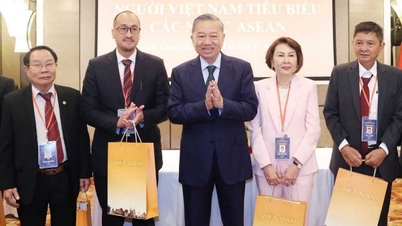
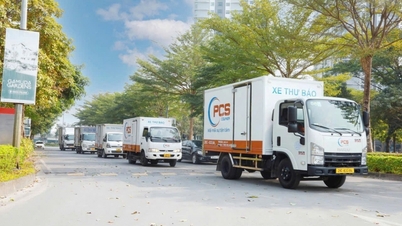










![[Photo] Nhan Dan Newspaper launches “Fatherland in the Heart: The Concert Film”](https://vphoto.vietnam.vn/thumb/1200x675/vietnam/resource/IMAGE/2025/10/16/1760622132545_thiet-ke-chua-co-ten-36-png.webp)







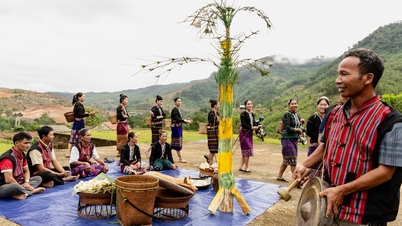
























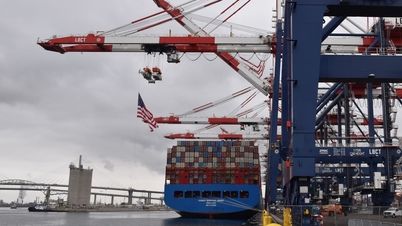
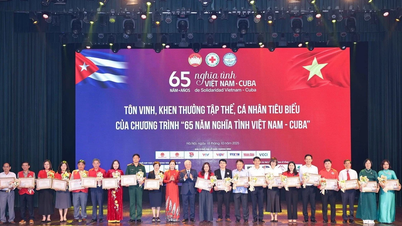

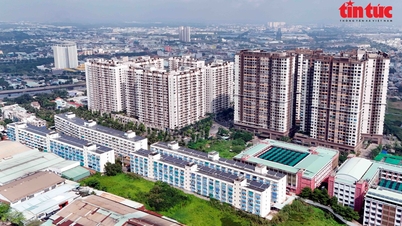
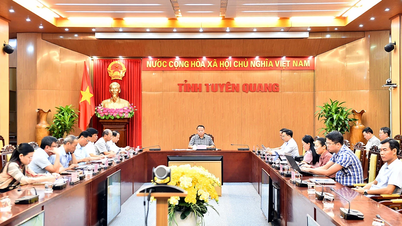

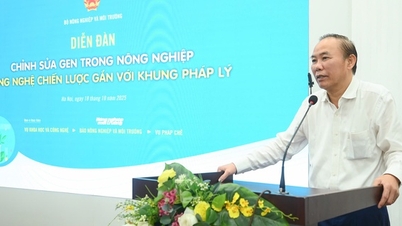










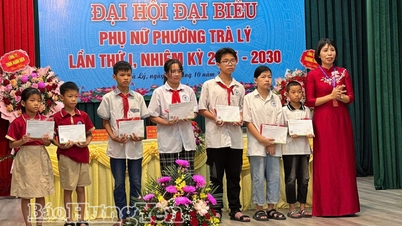

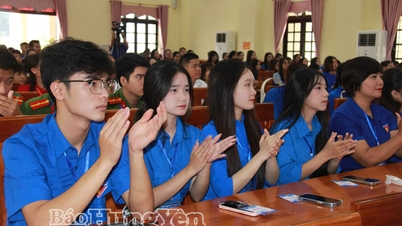
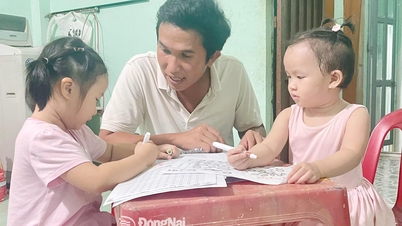

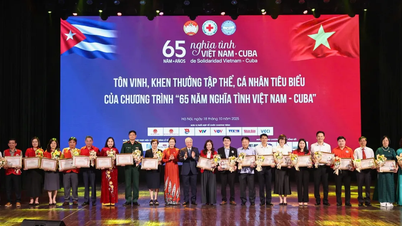

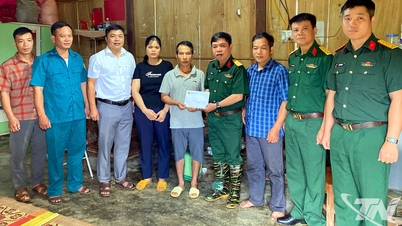

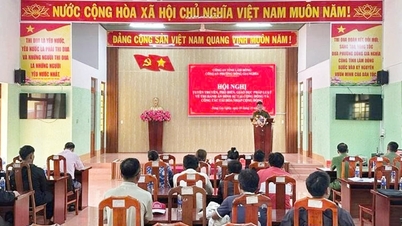













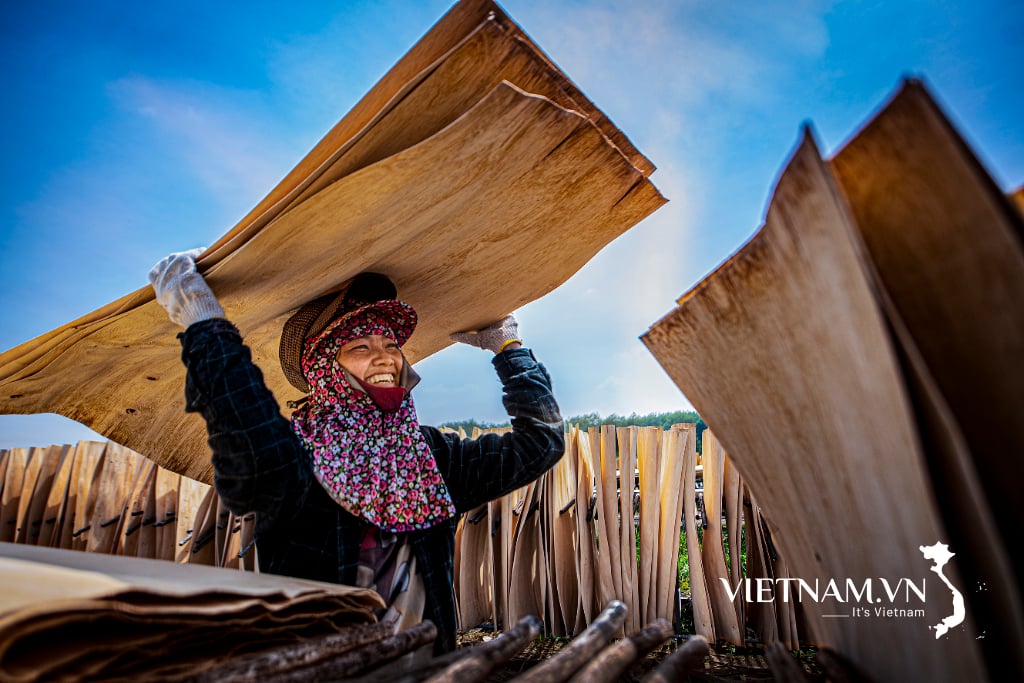

Comment (0)